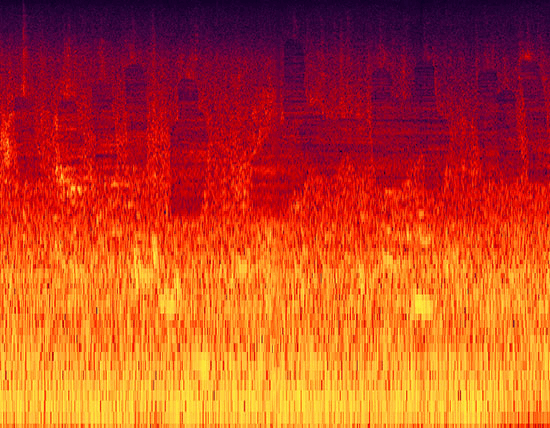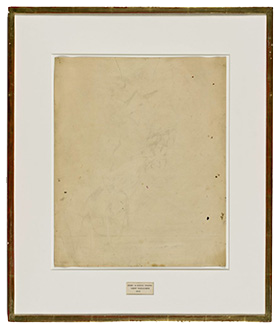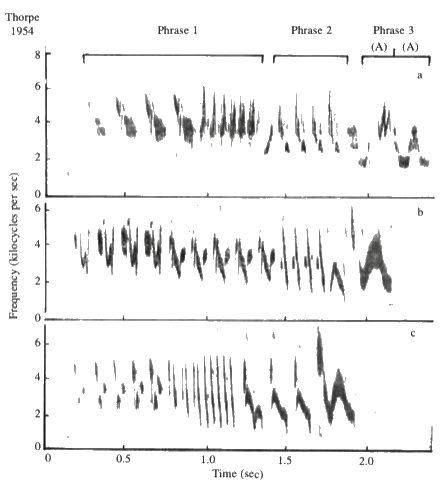Mitchell Akiyama - Present Spectra of Future Absence, 6 min 2 sec, Toronto, 2022
Prior to the development of sound spectrography in the 1940s, the study of animal vocalizations was purely a sonic endeavor. The sonogram—a picture of sound representing the varying intensities of acoustic frequencies—allowed biologists to scrutinize animal calls with a new precision. The ability to see a bird call, for example, made it easier to separate sound from environment, which in turn trained the listener to eventually perform this trick.
In Present Spectra of Future Absence, Mitchell Akiyama employs digital spectrography to remove animal vocalizations. Using the “Spot Healing Brush” included in Adobe’s Audition software to an ironic end, he has erased all traces of non-human life from a field recording of a downtown Toronto park. But these erasures are audible and distinct, manifesting as eerie, spectral artifacts. Robert Rauschenberg understood that erasure is never an annihilation, that in rubbing out his friend Willem de Kooning’s feral linework, he was establishing negation as a positivity. Jacques Derrida understood this as well, coining the term “hauntology” to describe the always-present absence of the things we believe we have lost or destroyed.



Mitchell Akiyama is a Toronto-based scholar, composer, and artist. His eclectic body of work includes writings about sound, metaphors, animals, and media technologies; scores for film and dance; and objects and installations that trouble received ideas about history, perception, and sensory experience. He holds a PhD in communications from McGill University and an MFA from Concordia University and is Assistant Professor of Visual Studies in the Daniels Faculty of Architecture, Landscape, and Design at the University of Toronto.
